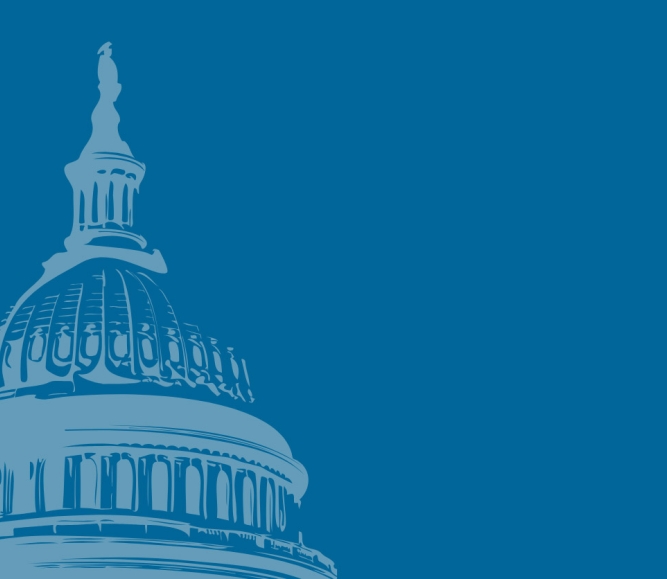NACo continues to advocate for key county priorities as the Senate considers WIOA reauthorization legislation
Author

Julia Cortina
Upcoming Events
Related News
Key Takeaways
Authorized in 2014, the bipartisan Workforce Innovation Opportunity Act (WIOA) is the largest single source of federal funding for workforce development activities and helps counties tackle and overcome challenges facing job seekers and employers. Earlier this year, the U.S. House of Representatives passed the bipartisan A Stronger Workforce for America Act (H.R. 6655), sending it to the Senate. This June, the U.S. Senate Health, Education, Labor, and Pensions (HELP) Committee released their own version of the bill as a discussion draft. NACo provided feedback to the Committee along with a letter with other local organizations that included county priorities and recommendations. Key differences between the House bill and Senate discussion draft can be found below:
House vs. Senate WIOA Reauthorization Legislation
- Both the Senate discussion draft and the House bill allow states to set aside 10 percent for statewide training initiatives, however, the Senate draft goes further by requiring these funds to be used for industry/sector partnerships or employer-based training activities.
- The Senate draft significantly increases the ability for governors to consolidate local workforce development areas (LWDA), a point of concern for counties.
- Neither the Senate draft or House bill include specific authorized funding levels.
- The House bill includes a 50 percent training mandate for adult and dislocated workers, funding toward upskilling workers through “individual training accounts” (ITAs), restricting the flexibility of local workforce development boards.
- Both versions provide eligible displaced workers with ITAs with a value of $5,000 to enroll in high-quality reskilling programs. The Senate draft expands on this by including additional ITAs, however, it limits spending to $5,000 for training costs alone and excludes supportive services.
- Both versions include providing a new formula funding stream to states and counties using H-1B visa fees for the exclusive use of funding ITAs. While appreciative of the new funding, we remain concerned that this funding source is too unstable and may not be enough to meet demand.
- Both versions streamline the “eligible training provider list” (ETPL) to focus on outcomes and update key WIOA definitions to ensure digital literacy skills are included in the legislation.
- The Senate draft mandates the creation of new standing committees for LWDBs, creating additional administrative burdens.
- Both versions allow states to set aside 10 percent for statewide training initiatives, however, the Senate draft goes further by requiring these funds to be used for industry/sector partnerships or employer-based training activities.
- The Senate draft significantly increases the ability for governors to consolidate local workforce development areas (LWDA), a point of concern for counties.
- Both versions provide greater flexibility to respond to local needs by requiring 65 percent of youth funds statewide be dedicated towards serving opportunity youth while allowing states to work with their local boards to determine the appropriate percentage for each local area.
Looking Ahead
With the Senate in recess we do not expect to see a vote on the bill until this fall, at the earliest. NACo will continue to advocate for county priorities as the Senate considers this legislation.
Resource
WIOA 101: Counties and the Workforce Innovation and Opportunity Act

Resource
Support Workforce and Local Business Development: the Workforce Innovation and Opportunity Act (WIOA)

